Repairing brains with 3D technology
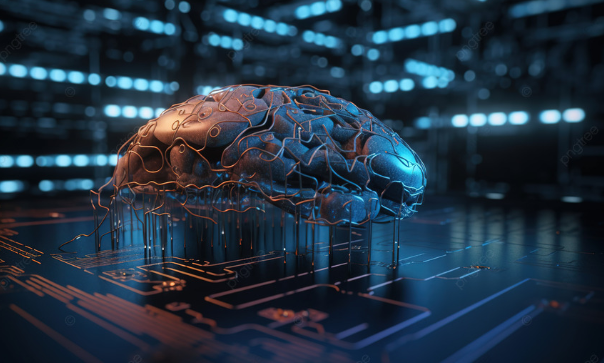
Hey, science and technology lovers! We have news that will blow your mind, 3D printed brains are not just the stuff of science fiction. Human brains, with their complex structure, are like the Ferrari of the body, and now scientists have found a way to repair them using 3D printing technology. Wait, what?! Imagine having custom-made brain tissue to fix brain injuries, scientists at Oxford University are doing exactly that. They have taken human stem cells and used them to create a sort of “simplified copy” of the cerebral cortex and best of all, when they implanted these structures into the brains of mice, they integrated perfectly with the existing tissue!
So what does this mean for us humans? Well, brain injuries, whether from a blow to the head, stroke or surgery, can be devastating. They can affect the way you think, move and communicate. To put it in perspective, about 70 million people worldwide suffer brain injuries each year, and 5 million of those cases are severe or fatal. Until now, there was no real solution to treat these serious injuries, which has a huge impact on people’s lives, but here comes hope in the form of 3D printing technology. Oxford researchers have shown that they can 3D print brain cells to resemble the real cerebral cortex.
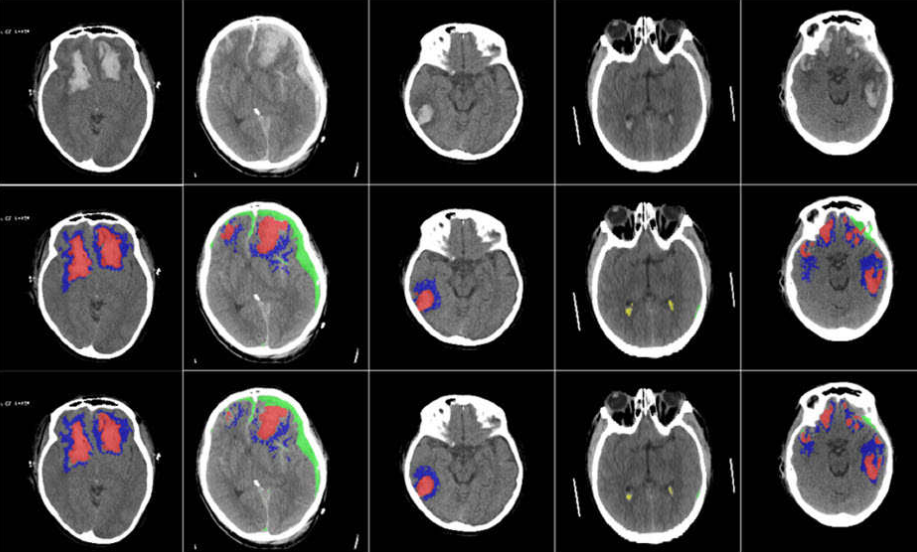
This is a major breakthrough, because it could mean personalized treatments for brain injury sufferers in the future. So how do they do it? They use human induced pluripotent stem cells (hiPSCs), which are like the “construction set” of cells. You can turn them into different types of cells depending on what you need, then print these cells in the form of two “layers” of brain tissue. And it works! When they implant these printed tissues into the brains of mice, they integrate seamlessly and do their job, Dr. Yongcheng Jin of Oxford University calls it a “significant step toward making materials with the full structure and function of natural brain tissues.” Sounds like magic, doesn’t it?
Best of all, these cells can be derived from the patients themselves, which means they won’t provoke an immune response – it’s like you’re using spare parts from your own body to fix it. Although there is still much work to be done, this breakthrough brings us one step closer to the possibility of effectively treating brain injuries. Not only that, these printed tissues could also help us better understand how the brain works and develop new drugs.
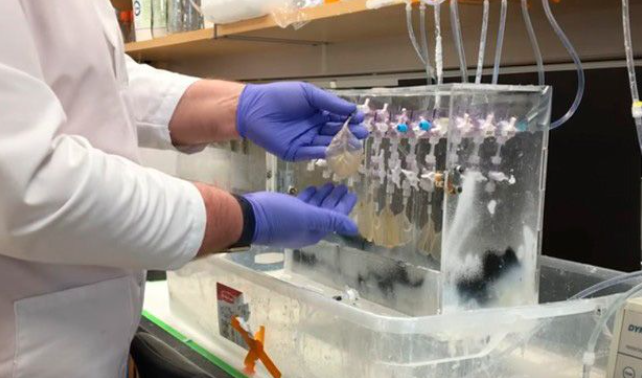
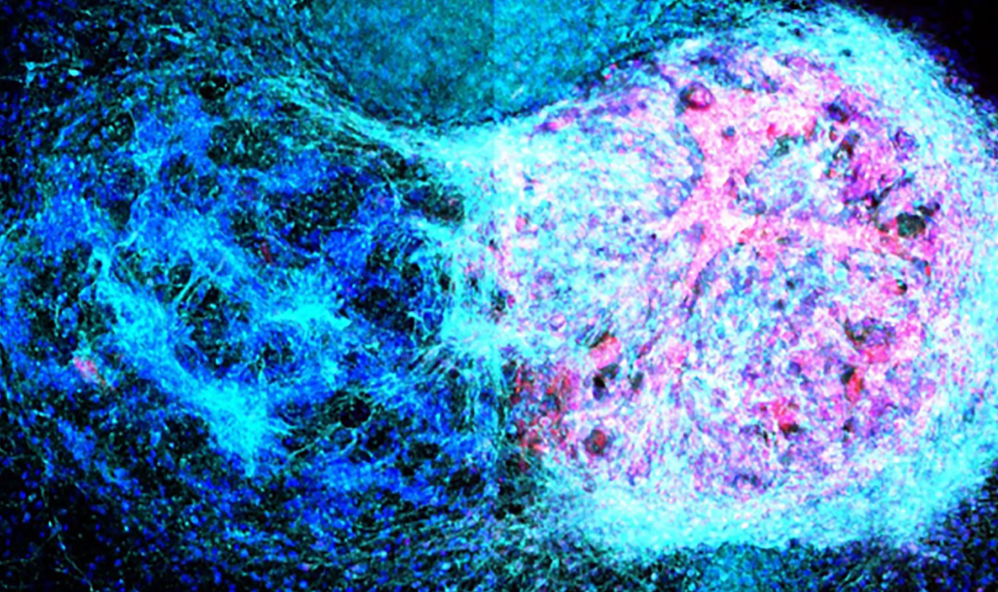
So, what do you think of this exciting development? Can you imagine a future where we can repair our brain like a car? We’d love to hear your thoughts in the comments!
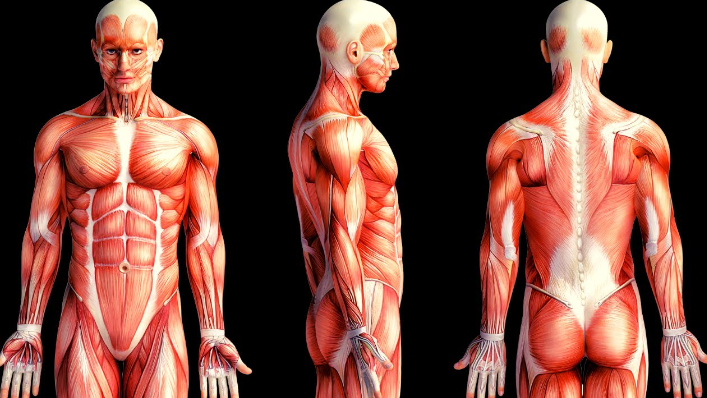
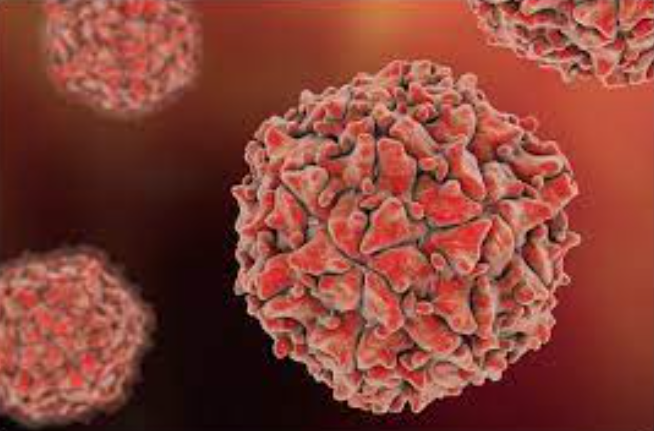

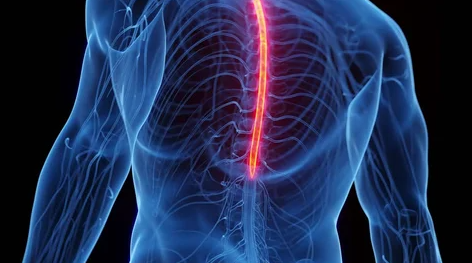

Responses